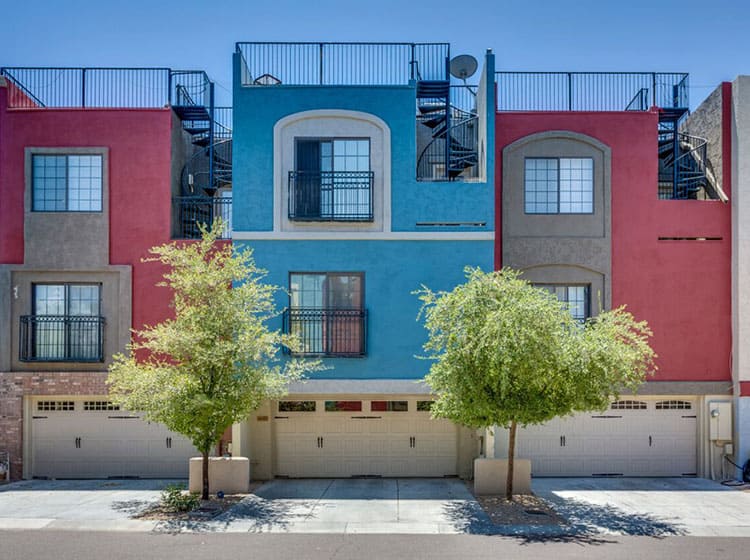Comparing Interior Vs. Outside Paint: Key Distinctions And Uses
Comparing Interior Vs. Outside Paint: Key Distinctions And Uses
Blog Article
Content By-Lausten Lynn
When you're choosing between exterior and interior paint, it's important to understand their fundamental distinctions that affect both performance and visual appeals. Interior paints are crafted for lower VOC levels and smoother finishes, making them optimal for interior areas, while outside paints are created to withstand harsh weather conditions and UV direct exposure. Each kind serves a distinct objective, but understanding when to utilize one over the other can greatly affect your project's outcome. So, what elements should you take into consideration when making your choice?
Composition and Formula
When choosing in between interior and exterior paint, understanding their structure and formulation is vital. Interior paints usually include a reduced amount of unstable organic compounds (VOCs), making them safer for interior air top quality. You'll see they commonly have a smoother surface, which boosts their capability to resist stains and enables easier cleansing. They're made to stand up to the rigors of interior environments, including differing humidity levels and temperature level variations.
On the other hand, exterior paints are developed to withstand harsher problems. They usually include higher degrees of pigments and additives to withstand fading from UV rays, in addition to to stop mold and mold and mildew development. Their structure consists of more binders and materials, which give better adhesion to surfaces exposed to the components. This makes certain the paint can withstand rain, snow, and varying temperatures without peeling or splitting.
Performance and Sturdiness
Assessing performance and resilience is crucial when picking in between exterior and interior paint. Interior paint is created for surface areas that experience less damage. It commonly stands up to fading and scuffing, making it suitable for living spaces and rooms. Nonetheless, it may not hold up well in high-moisture locations like kitchens and bathrooms without appropriate formula.
On the other hand, exterior paint encounters harsher problems. It's crafted to endure UV rays, rain, and temperature changes. This sort of paint typically has additives that protect against mold and mold growth, making sure long life in various environments. When Related Site use external paint, you can expect it to last several years longer than interior paint, provided it's used appropriately.
Another crucial difference depends on the finish alternatives. Inside paints usually have a variety of coatings for visual charm, while exterior paints focus on durability over sheen. If you're looking for something that can handle the aspects, exterior paint is your best option.
On the other hand, if you're concentrated on interior appearances with less worry for severe conditions, indoor paint might be suitable. Ultimately, your option should align with the details demands of the environment.
Visual Considerations
A fresh layer of paint can transform a space, but aesthetic factors to consider play a critical duty in your option in between interior and exterior choices. When you're picking paint, think about the mood you want to develop. Inside paint allows you to check out a larger range of shades and finishes, enabling you to reveal your individual style and improve your home's ambiance. Whether toronto house painting estimate choose soft pastels or strong colors, the ideal interior paint can make your spaces really feel relaxing, dynamic, or calm.
On the other hand, outside paint requires to straighten with your home's architecture and the surrounding environment. Right here, you're not just making a design declaration; you're additionally considering curb appeal. Picking colors that integrate with your area can improve your home's worth and aesthetic charm. Keep in mind that outside paint is also subject to fading and climate adjustments, so choosing an ageless color can save you from regular repainting.
Eventually, consider exactly how each choice fits your vision. By straightening your paint choice with your preferred aesthetic, you can develop rooms that mirror your individuality while maintaining capability.
Conclusion
When it involves selecting paint, comprehending the key distinctions between exterior and interior alternatives is crucial. Interior paints focus on appearances and reduced VOCs, making them excellent for enhancing your interior areas. On the other hand, exterior paints are designed for toughness and weather condition resistance, safeguarding your home from the components. By considering your particular needs and the setting, you can confidently pick the best paint to attain the appearance and long life you want for your area.
